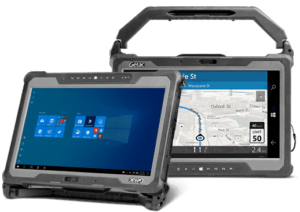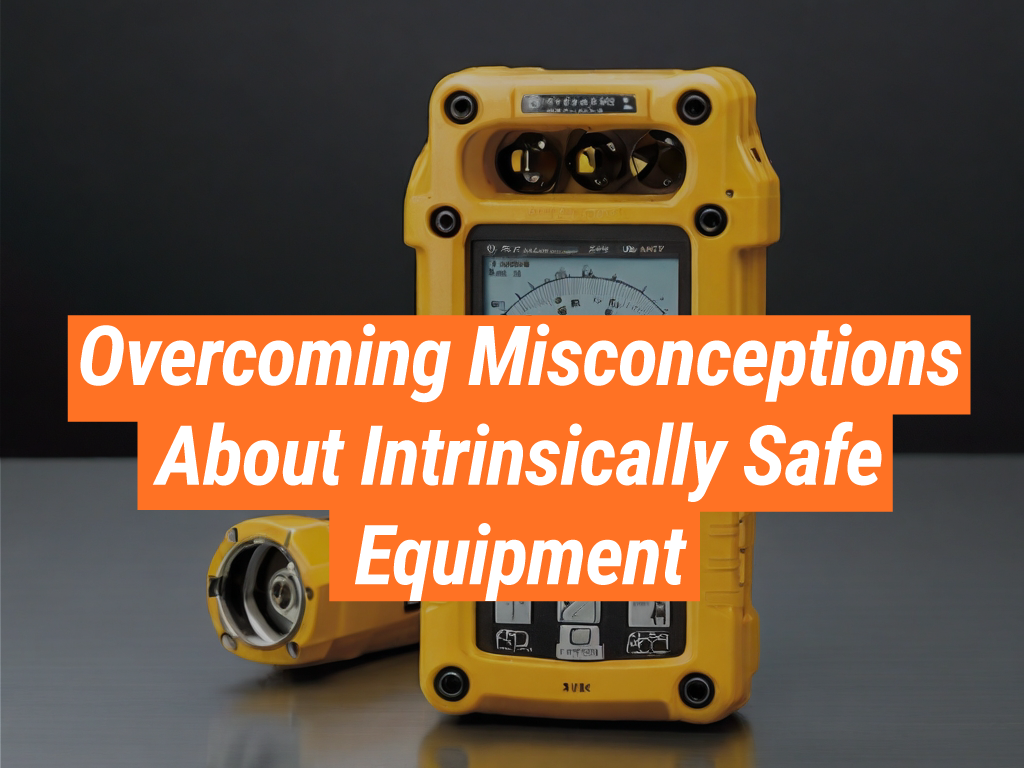When it comes to safety in hazardous environments, nothing is more critical than the use of Intrinsically Safe (IS) equipment. However, there are numerous misconceptions about these devices that can lead to misuse or even avoidance. This article, brought to you by the Intrinsically Safe Store, aims to debunk these myths and provide a clear understanding of the importance and functionality of IS equipment. We invite you to explore our website and learn more about our wide range of IS products.
Understanding Intrinsically Safe Equipment
Intrinsically Safe equipment is designed to operate in potentially explosive atmospheres without causing ignition. They achieve this by limiting the electrical and thermal energy to levels below what is required to ignite a specific hazardous atmospheric mixture.

Misconception 1: IS Equipment is Explosion-Proof
One common misconception is that IS equipment is explosion-proof. However, this is not the case. While explosion-proof equipment is designed to contain an internal explosion without causing an external blast, IS equipment prevents the possibility of an explosion in the first place by limiting energy output.
Misconception 2: All IS Equipment is the Same
Another misconception is that all IS equipment is the same. In reality, IS equipment is classified based on the type of hazardous environment in which it can safely operate. These classifications are based on factors such as the type of explosive atmosphere (gas, dust, or fibers) and the operating conditions.
Misconception 3: IS Equipment is Always Safe
While IS equipment is designed for safety, it is not infallible. It must be correctly installed, maintained, and used to ensure its safety features function as intended. Regular inspections and maintenance are crucial to ensure the ongoing safety of IS equipment.
Benefits of Using IS Equipment
- Enhanced safety: IS equipment significantly reduces the risk of ignition in hazardous environments.
- Cost-effective: Despite the initial investment, IS equipment can save businesses significant costs associated with accidents and downtime.
- Regulatory compliance: Using IS equipment helps businesses comply with safety regulations and standards.
Case Study: The Value of IS Equipment
A 2017 study by the U.S. Chemical Safety Board highlighted the importance of IS equipment. The study found that 40% of industrial accidents could have been prevented with the correct use of IS equipment. This underscores the critical role that IS equipment plays in maintaining safety in hazardous environments.
Understanding Intrinsically Safe Equipment
Overcoming misconceptions about Intrinsically Safe equipment is crucial to ensure their correct use and to maximize safety in hazardous environments. While they are not explosion-proof, IS devices are designed to prevent explosions by limiting energy output. They come in different types, each designed for specific hazardous environments, and their safety is dependent on correct installation, maintenance, and use. By understanding these facts, businesses can make informed decisions about the use of IS equipment and significantly enhance safety in their operations.
For more information about Intrinsically Safe equipment, visit the Intrinsically Safe Store. Our team of experts is ready to assist you in selecting the right IS equipment for your needs. Contact us today!


